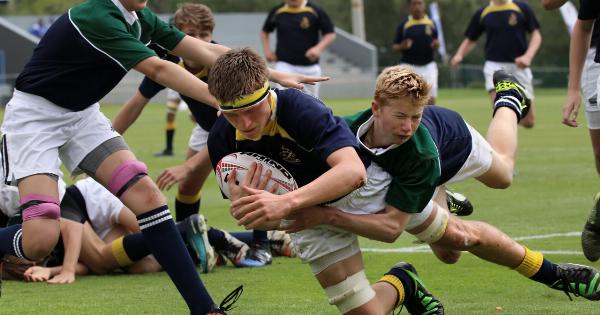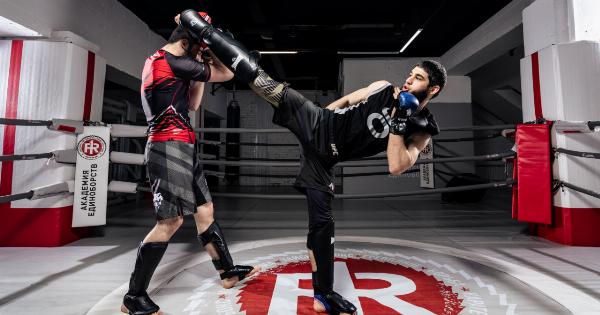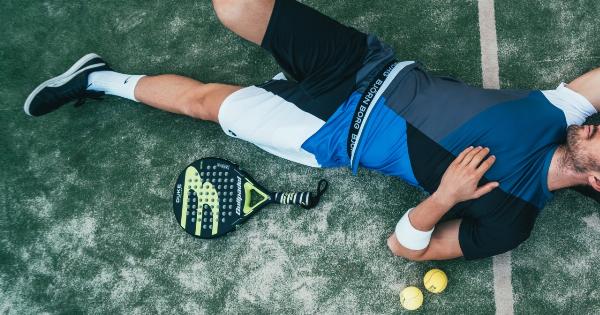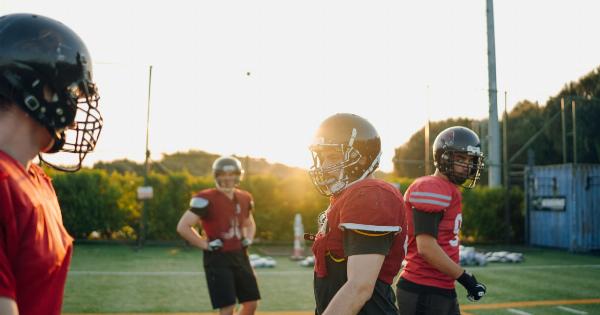The anterior cruciate ligament (ACL) is one of the most commonly injured ligaments in the knee joint, especially among athletes. The ACL is a ligament that helps stabilize the knee joint, preventing it from sliding forward or rotating out of place.
However, despite its importance, there are still many misconceptions surrounding ACL injuries.
Myth 1: ACL injuries only happen to athletes
While it is true that athletes are at a higher risk for ACL injuries, ACL injuries can happen to anyone.
ACL injuries are often the result of sudden, twisting movements, which can happen during everyday activities such as stepping off a curb or slipping on ice.
Myth 2: ACL injuries only occur during contact sports
While contact sports such as football are high-risk for ACL injuries, many ACL injuries occur during non-contact sports such as soccer, basketball, or even gymnastics. ACL injuries can also occur during activities such as skiing or snowboarding.
Myth 3: You will feel immediate pain after an ACL injury
While some people do experience immediate pain after an ACL injury, others may not feel anything until some time has passed. This is because the body produces adrenaline in response to the injury, which can mask the pain.
Additionally, some people may experience a dull ache or discomfort rather than sharp pain.
Myth 4: ACL injuries always require surgery
While surgery is often recommended for ACL injuries, not all ACL injuries require surgery. Minor ACL injuries can often be treated with physical therapy and rest. However, more severe injuries may require surgery to repair or replace the ligament.
Myth 5: ACL injuries are more common in women
While women are at a higher risk for ACL injuries than men, the difference is not as significant as many people believe.
The increased risk for women is often attributed to differences in pelvic and knee structure, hormonal differences, and differences in landing mechanics.
Myth 6: You can return to sports immediately after ACL surgery
While ACL surgery can help repair the damaged ligament, it is important to allow the body time to heal and recover before returning to sports.
Typically, athletes will need to undergo several months of physical therapy and rehabilitation before returning to their sport.
Myth 7: Bracing can prevent ACL injuries
While knee braces can provide support and stability for the knee joint, they are not a foolproof way to prevent ACL injuries. In fact, studies have shown that wearing a brace may actually increase the risk of certain types of knee injuries.
Myth 8: ACL injuries only happen to older people
While ACL injuries may be more common in older individuals, they can happen to people of all ages. In fact, ACL injuries are more common in children and adolescents than in older adults, as their bones and joints are still developing.
Myth 9: ACL injuries only happen to people with weak knees
ACL injuries can happen to anyone, regardless of their level of fitness or strength. While there are certain risk factors that may increase the likelihood of an ACL injury, such as muscle imbalances or improper landing mechanics, anyone can be at risk.
Myth 10: ACL injuries always result in permanent damage
While ACL injuries can be serious, not all ACL injuries result in permanent damage. With proper treatment and rehabilitation, many athletes are able to return to their sport and perform at pre-injury levels.





























